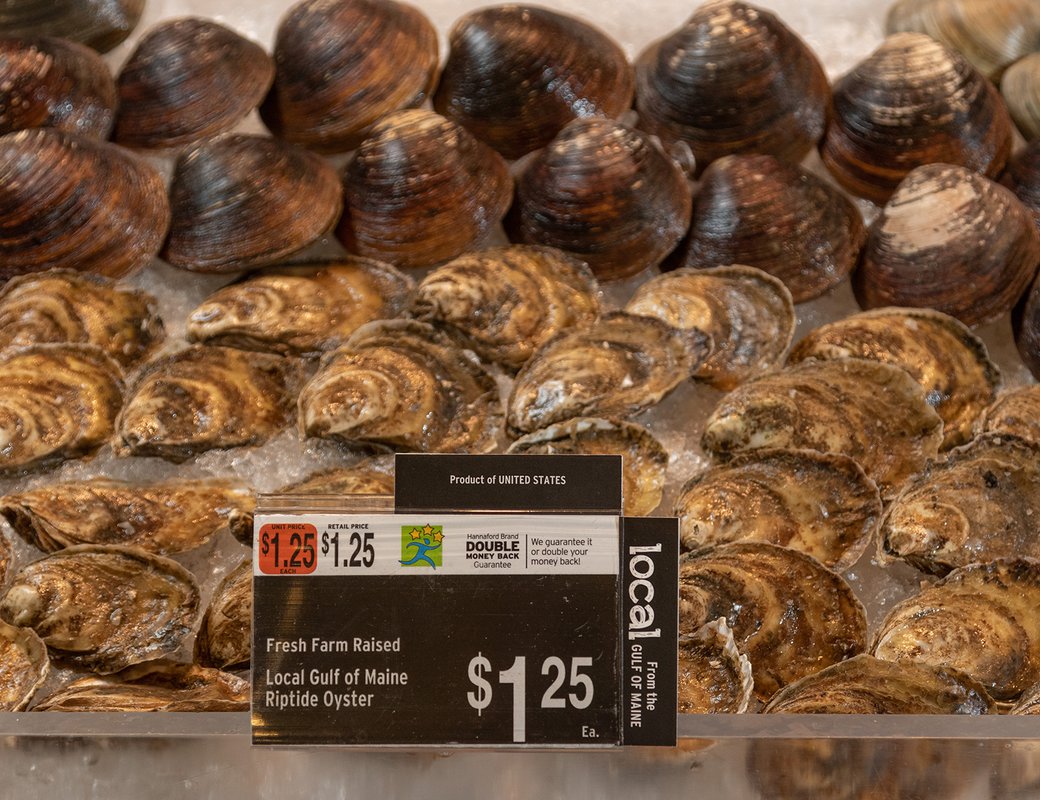
Sponsored by:

The process for making a sale begins well before any product changes hands. Developing a sales strategy, cultivating interest from buyers, managing inventory, coordinating and tracking sales, arranging delivery/pickup, and figuring out billing all need to happen as part of a sales workflow. While you don't have to have that all figured out at the start, make sure you have a basic sales plan well in advance of your crops reaching market size. The production estimates generated from your initial business plan can help you anticipate how much product will be available to sell.

Distributors and wholesalers (classified as Dealers by Maine DMR Bureau of Public Health) are essentially middle men between producers and retailers. Your business gives them a cut of the profits in exchange for their service of buying a large quantity/volume of product — which saves you effort and hassle. But because the distributor is buying in bulk, they're expecting a cost savings. Some people have trouble looking past the lower margins with wholesalers/dealers and undervalue the benefit of being able to offload large volumes easily and consistently. Retail outlets such as restaurants and fish mongers may pay a higher price, but they require more legwork in terms of coordinating sales, transporting product, and following up on outstanding bills.
A retailer is a business that sells directly to consumers such as a restaurant or local fish monger. Margins are typically highest with retail, but this channel takes considerably more effort to coordinate sales, transport product, and chase down outstanding bills than wholesale does. Also, you need a license from the Maine Department of Marine Resources Bureau of Public Health to deliver your product. Retailers tend to have more flexibility than wholesalers and can help you out in a jam. For example, a restaurant you've established a relationship with might be able to buy some jumbos that got ahead of you and can sell them through a restaurant special.
There is no "best" strategy when it comes to selling your product. The decision about which sales channel(s) to pursue should depend primarily on your business model and production volumes. But, consider this: a diversified sales portfolio that includes both wholesale and retail can insulate you if a key buyer goes out of business unexpectedly.
Don’t fall into the trap of limiting your sales to the local market! A common mistake of rookie oyster farmers is believing that 300,000 oysters will be just as easy to sell locally as their initial crop of 20,000. They won’t be! Production increases in Maine have and will continue to saturate local markets causing price declines and low demand. Take advantage of the “Maine” brand and our proximity to dozens of large cities within a 24-hour drive to develop out-of-state distribution channels. Selling out-of-state will require you to obtain wholesale seafood shipper certification from DMR Bureau of Public Health, which can be expensive because it requires that you have certain cold-storage related facilities; or you can distribute through an approved wholesale seafood shipper.
At the most basic level, buyers want consistency of product in quality, size, and available volume at the right price.
